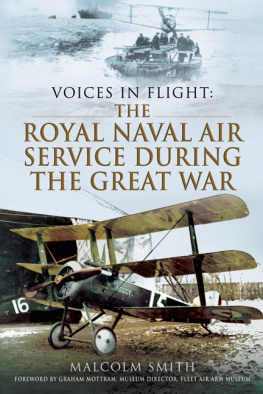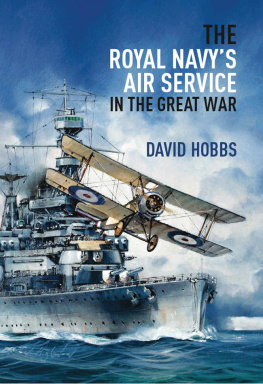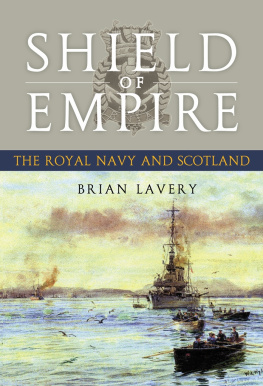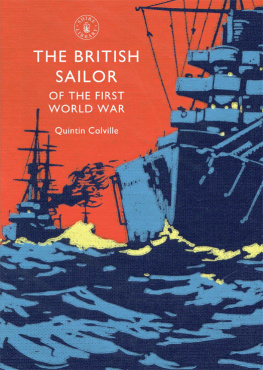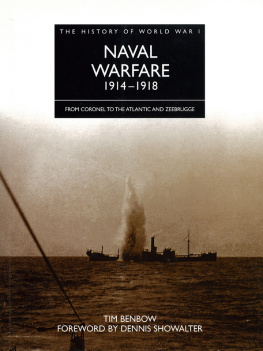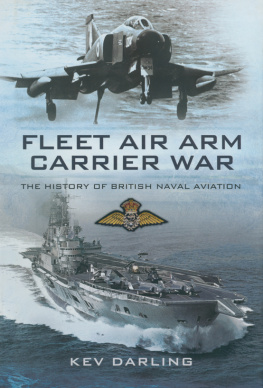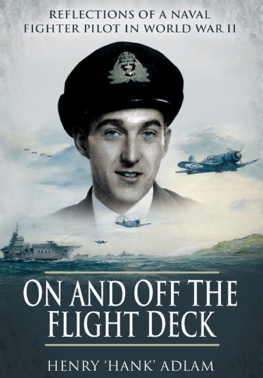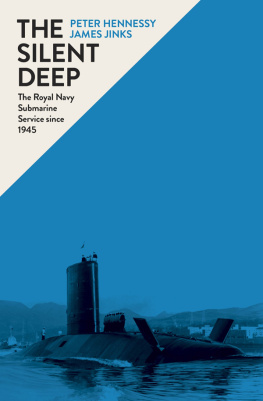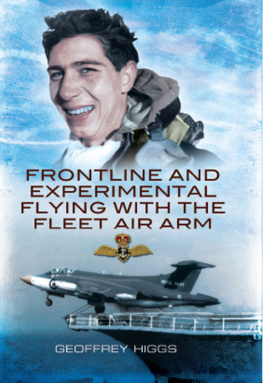
First published in Great Britain in 2014 by
Pen & Sword Aviation
an imprint of
Pen & Sword Books Ltd
47 Church Street
Barnsley
South Yorkshire
S70 2AS
Copyright Malcolm Smith, 2014
ISBN 978 1 78346 383 1
eISBN 9781473838482
The right of Malcolm Smith to be identified as Author of this Work has been asserted by him in accordance with the Copyright, Designs and Patents Act 1988.
A CIP catalogue record for this book is available from the British Library. All rights reserved. No part of this book may be reproduced or transmitted in any form or by any means, electronic or mechanical including photocopying, recording or by any information storage and retrieval system, without permission from the Publisher in writing.
Printed and bound in England by CPI
Pen & Sword Books Ltd incorporates the Imprints of Pen & Sword Aviation, Pen & Sword Maritime, Pen & Sword Military, Wharncliffe Local History, Pen and Sword Select, Pen and Sword Military Classics and Leo Cooper.
For a complete list of Pen & Sword titles please contact:
PEN & SWORD BOOKS LIMITED
47 Church Street, Barnsley, South Yorkshire, S70 2AS, England
E-mail: enquiries@pen-and-sword.co.uk
Website: www.pen-and-sword.co.uk
In Association with the Society of Friends of the Fleet Air Arm Museum
The object of the Society is:
The education of the public by promotion, support, assistance and improvement of the Fleet Air Arm Museum through the activities of a group of Members.
To find out more about the Society, go to the Fleet Air Arm Museum website at www.fleetairarmfriends.org.uk and follow the link to Support Us.
Contents
Acknowledgements
I must first of all acknowledge my great debt of gratitude to Barbara Gilbert, the Archivist of the Fleet Air Arm Museum, whose unrivalled knowledge of the extensive resources of the Museums archive has made this book possible. Both in helping me to select the written material and also in sifting through thousands of photographs, Barbaras patience and help has been invaluable.
I must also acknowledge the, mostly anonymous, people who have, at various times over the past century, transcribed many written diaries and records into legible typescript. One of the entries in this work is also anonymous, or at least I have been unable to identify its author. This is the Contemporary History, which was probably written before the end of the war, as it includes a copy of a report in the Daily Sketch of 5 December 1917, entitled Saving Britain from Starvation. The somewhat triumphalist and jingoistic style of writing in this History would have fallen out of favour soon after the Armistice in 1918.
George Bentley Dacre left copious, well-written diaries. He was awarded the Distinguished Service Cross for his exploits over the Dardanelles and retired as an air commodore. In a short foreword to his prisoner of war experiences, he said It is because I have to kill time that I have written this little book the penalty for keeping a diary is Jail, but should I bring this back to old England with me, it may prove of interest to those who wish to know how I fared as a prisoner of war in Turkey.
R. S. W. Dickinson also left lengthy diaries, very revealing in their impressions of a sensitive young man, who had only recently left Eton.
The lower deck is well represented. Petty Officers Watson and Martin both served in the Armoured Car Division, the former in harrowing conditions at Gallipoli, the latter on the Russian front. Their entries appear to have been transcribed from hand-written diaries. Air Mechanic Stammers gives a most detailed description of the lengthy journey to his posting in Malta, at a time when very few young men of his background would have travelled through France and Italy.
Another Air Mechanic, H. Gamble, provides a most detailed description, originally entitled Life in Blimps. The memoirs of C. Hibberd are drawn from photocopies of his hand-written diary a most neatly-written and legible document. I was fortunate to be able to study the small pocket diary of William Edward Bryan, who enlisted as a driver in 1916. He kept up his diary for many months, writing in black ink in immaculate, minuscule copperplate. The vivid anecdotes of early flying by E. L. Ford were kindly presented to the Museum by Mrs K. M. Hamel-Jones.
The undated letter, signed by A. Soresby-Gissel and purporting to describe the first flight from a warship, is a curiosity. The original appears to be genuine, although it ascribes a different, earlier, date from the usually agreed one. The photograph of the occasion included in this book is generally credited as photographer unknown (although is generally thought to have been taken by an employee of Shorts) so if the author of the letter genuinely did take the photograph, it adds a minor footnote to the history of naval aviation. However, I have found no trace of a Soresby-Gissel in naval records.
The description of the destruction of Zeppelin L-53, although written partly in the third person, seems to have been all the work of S. D. Culley, who took off from a towed lighter and climbed to great altitude to achieve this feat. It is drawn from a typescript dated Milan, Italy, May 1959. The detailed descriptions of the early days of flying by one of the first four naval aviators, E. L. Gerrard, also seems to have been written some time after the events described, as the copy carries the byline Air Commodore Gerrard.
Commander Locker-Lampson, CMG, DSO, whose report on Armoured Car operations in Russia is included here, was both politician and naval officer. It has been alleged that, while he was serving in Russia, he became involved in the plot to assassinate Rasputin.
All these authors deserve to be acknowledged, both for their various exploits and for recording them so clearly. Finally, I must acknowledge the forbearance of my dear wife, Dorothy, who once again has put up with my almost total absorption for many months in the early days of naval aviation.
Foreword
By Graham Mottram,
Director of Collections, Research and Learning, National Museum of the Royal Navy; Museum Director, Fleet Air Arm Museum.
Although it existed for little more than four years under the title of Royal Naval Air Service, the RNAS had its first seed planted in May 1909, when the Admiralty placed the contract for the first naval aircraft, the rigid airship Mayfly . It has been said that the Royal Navy had experienced, for Victorian times, a long period of extremely rapid technological change. In little more than fifty years the Navy had seen its ships change from wood to iron and steel, their mode of propulsion change from sail to steam and screw, their guns change from smoothbore cannon on wooden carriages to rifled guns in motorised turrets. Totally new technologies such as the torpedo, wireless telegraphy and the submarine had also forced themselves into the Navys operations. The advent of aviation in the first years of the twentieth century was almost one new tool too many.
In many ways the Royal Navy of 1910 was still a hidebound Victorian institution whose track record of building and then controlling the British Empire had given it a unique place in British society, and its senior officers held high social status. Aviation was seen by many as the plaything of the rich sportsman or the eccentric inventor, and the light and unreliable aircraft of 1908 would never develop into a worthwhile capability for a fleet at sea. An offer by the Wright Brothers to the Admiralty in that year was declined for such a reason. Other countries were not so casual in adopting aviation for military uses and the British Government gradually accepted that the country could not be left behind. The Navy was voted funds to build the airship, and the Army Balloon Factory moved from Andover to Farnborough so that it had more space for experiments.

